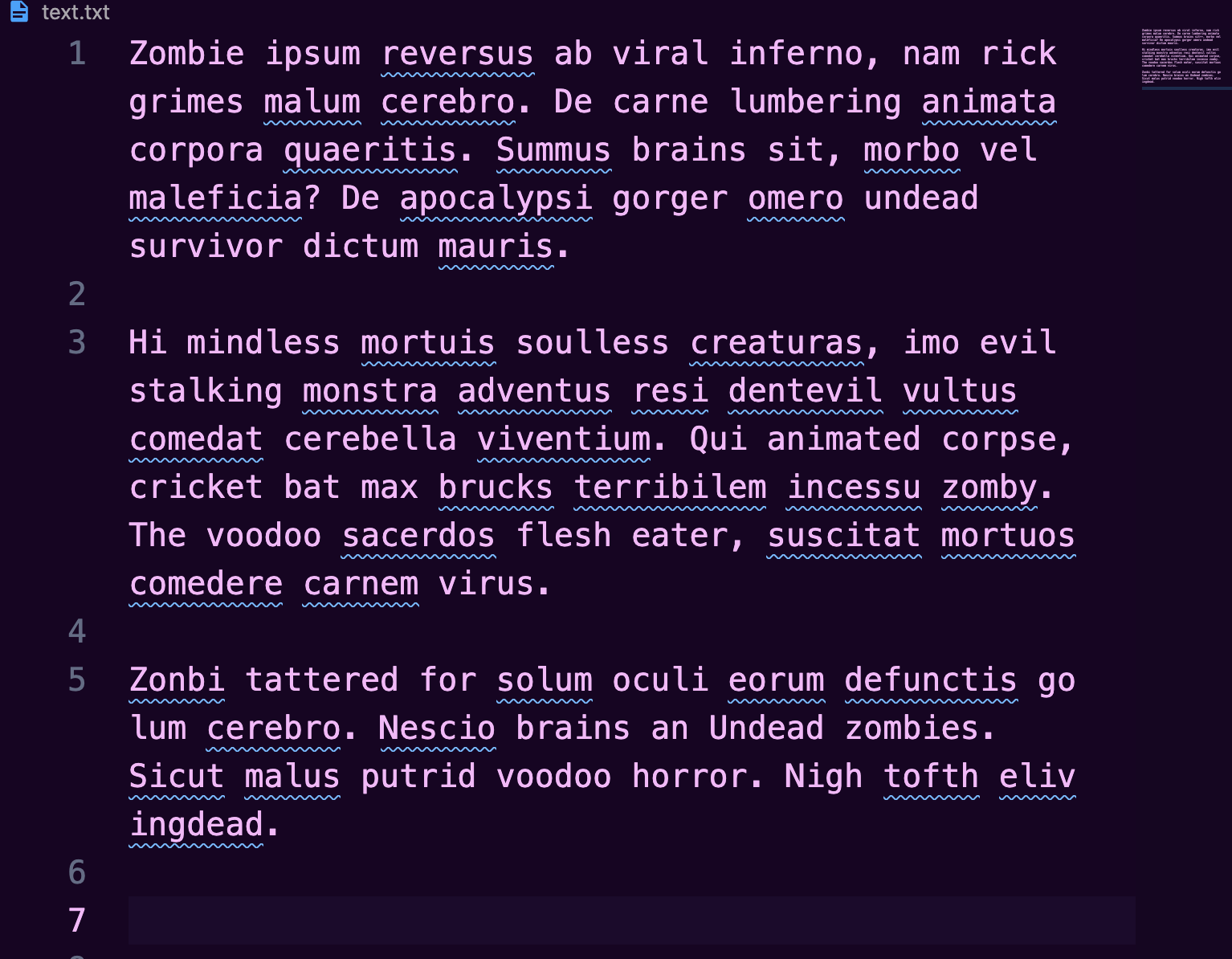How To Add Data Into A Txt File

In coding, files are used to store data. And so you can easily access that information at any signal.
Reading, writing, and editing files in Python is a common task, since the language provides us with built-in functions that allow us to exercise so.
In this article, I'll create a elementary project where I'll write to, append to, and then finally at the end read from a text file in Python to evidence you how information technology's washed.
You can follow along with me and go through the same steps I do.
Let's get started!
How to set up the project's construction
The first step is to gear up upwardly the projection'southward directory structure.
Cull a place where y'all want to create a new directory and follow the steps below.
I am creating the project in my domicile directory.
#this command moves you into your domicile directory if you're non there already cd #create a new directory and requite it a name mkdir python_text #move into the directory you just created cd python_text #create two empty files in the aforementioned directory: i text file and 1 to concord your Python scripts touch text.txt scripts.py #open up Visual Studio Code to edit lawmaking . At the moment, the text file is empty:

Let's add something to information technology.
How to write to text files in Python
The best practice for writing to, appending to, and reading from text files in Python is using the with keyword.
The general syntax looks similar this:
with open up("path_to_and_name_of_file","mode") as variable_name: variable_name.write('What I want to write goes hither') Breakup:
- Yous outset get-go off with the
withkeyword. - Next, y'all open the text file. The
open up()function returns a file object and takes in 2 parameters: The path to the file and the name of the file itself that you want to open. The file in this example is in the aforementioned directory every bit the Python script, and so the path is simple. The 2d parameter is the mode in which the file will exist opened. To write to files, the mode iswforwrite. - Then nosotros have the
every bitkeyword. - Next, the variable proper name acts as a temporary storage place for the text contents you are going to store.
- The
.write()method is used for writing in the text file and adding in the cord contents you desire.
So, to add some text to the text file, in scripts.py add together:
with open("text.txt","w") every bit file: file.write("I am learning Python!\northward") file.write("I am really enjoying it!\n") file.write("And I want to add more than lines to say how much I like information technology") To add the text on unlike lines, similar I accept done in the example in a higher place, you lot have to explicitly add in the newline character,\, yourself.
Open the built-in terminal in Visual Studio Code (Command ~) and run the code by typing: python3 scripts.py.
Check out text.txt and it should take the following added to it:

It's of import to annotation that each time you use the .write() method and run your code, any text you previously had will exist overwritten.
Let's say I already had some dummy text in my text.txt file when I get-go created it:

If I run the previous lawmaking:
with open up("text.txt","w") every bit file: file.write("I am learning Python!\n") file.write("I am really enjoying it!\due north") file.write("And I desire to add more lines to say how much I like it") It will now look like this:

I have lost all my previous information.
How to append a text file in Python
Appending works similarly to writing.
But this time, you open the text file for appending, with the parameter for the mode in the open() office beingness a for suspend :
with open up("text.txt","a") every bit file: file.write("What I want to add on goes here") Whatever goes in the .write() method will be added to the end of the text file.
So, to add some more text to text.txt you add the follwoing:
with open up("text.txt","a") as file: file.write("I am adding in more lines\n") file.write("And more…") After running the code once more, text.txt should now await like this:

The previous text doesn't get erased.
The new text gets added immediately after the old, and you over again take to explicitly add together in a newline character:
with open("text.txt","a") as file: file.write("\n") file.write("I am adding in more lines\north") file.write("And more…") 
How to read from a file in Python
To read from a file, you again utilize the with keyword and the open() function with two arguments: the first one is the path to and name of the file, and the 2d one is the fashion in which the file will be opened.
For opening text files, the way is r for read.
Then, the print() office prints to the panel and accept equally arguments the variable name with the read() office.
with open('text.txt','r') every bit file: print(file.read()) Output:

To read from a file in Python, y'all could besides create a for loop to loop through each line from the text file:
with open("text.txt","r") as file: for line in file: print(line) Output:

With this way, each line is printed out separately.
Conclusion
This article showed y'all some simple examples of how to write, edit, and read from files in Python.
If you want to learn more about the Python programming language, freeCodeCamp has a free Python Certification where you kickoff from the basics and move to the more complex aspects of the language. At the stop, you'll build five projects to put to practice what you have learned.
Thanks for reading and happy learning!
Learn to code for complimentary. freeCodeCamp's open source curriculum has helped more than twoscore,000 people get jobs as developers. Get started
How To Add Data Into A Txt File,
Source: https://www.freecodecamp.org/news/python-create-file-how-to-append-and-write-to-a-text-file/
Posted by: speerblema1996.blogspot.com


0 Response to "How To Add Data Into A Txt File"
Post a Comment